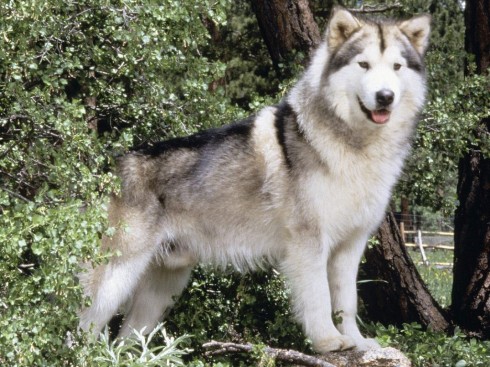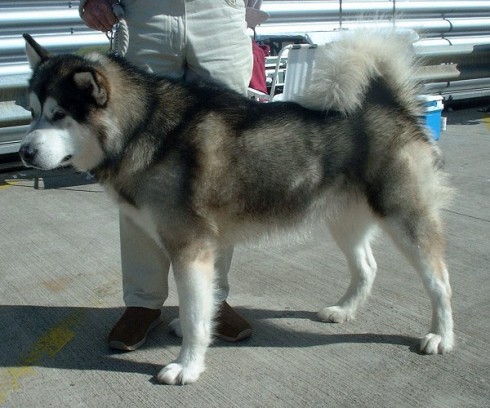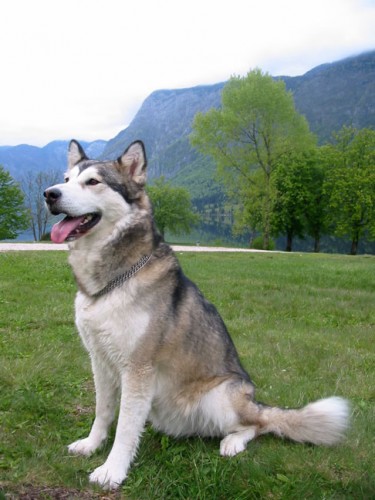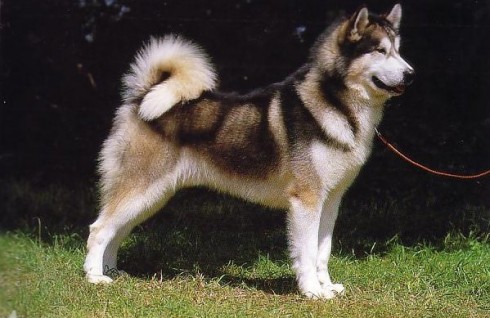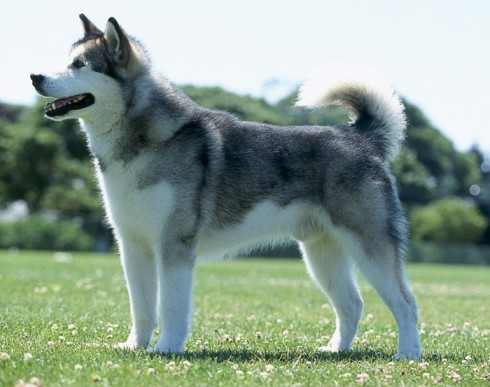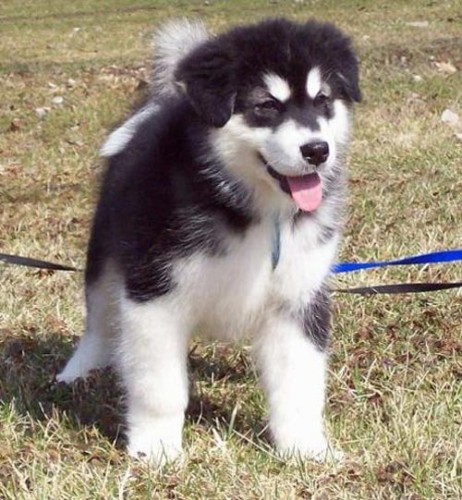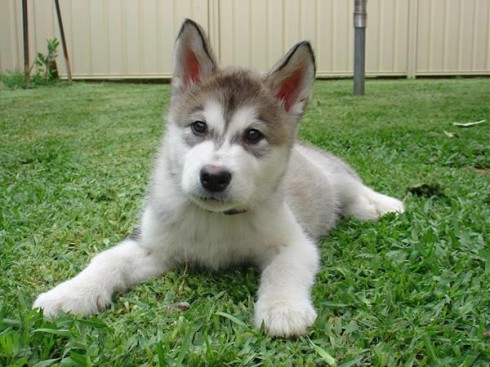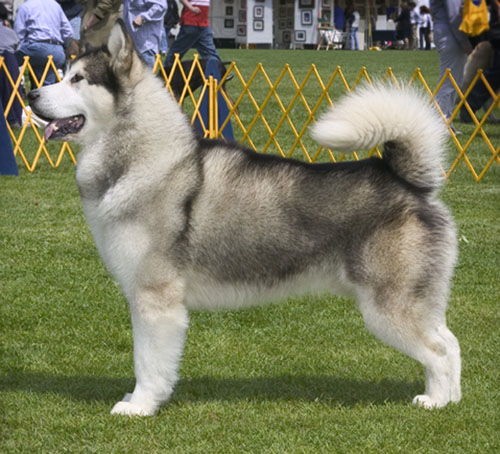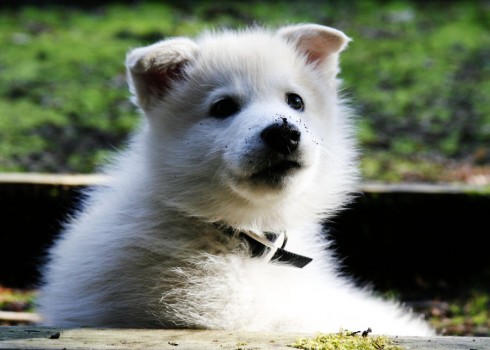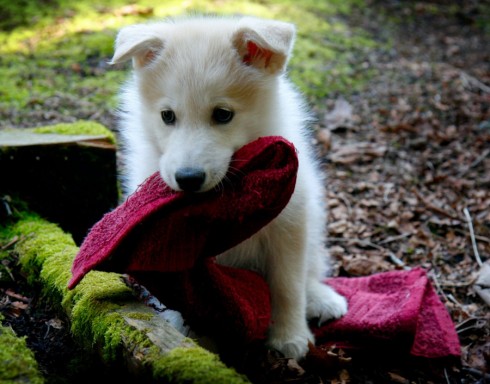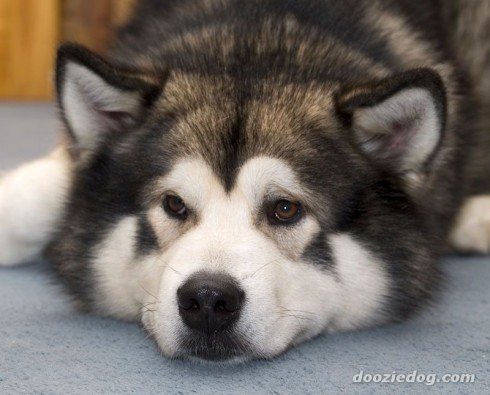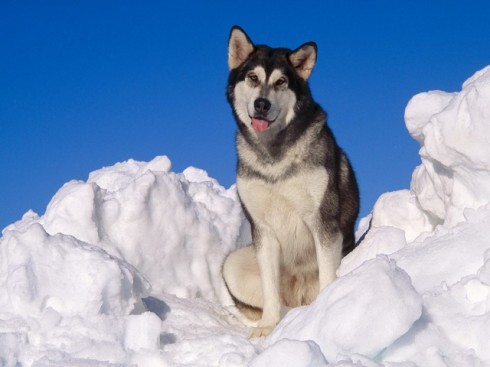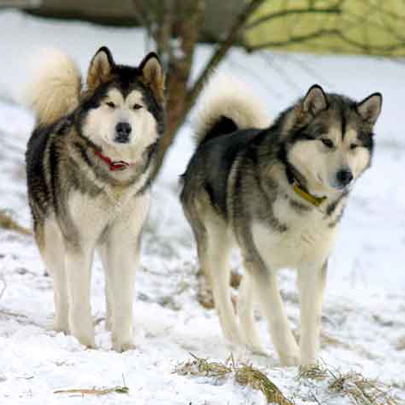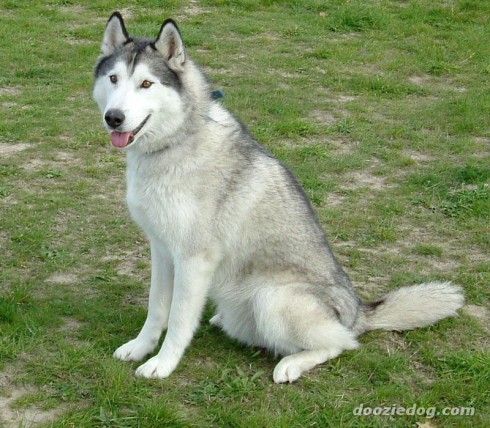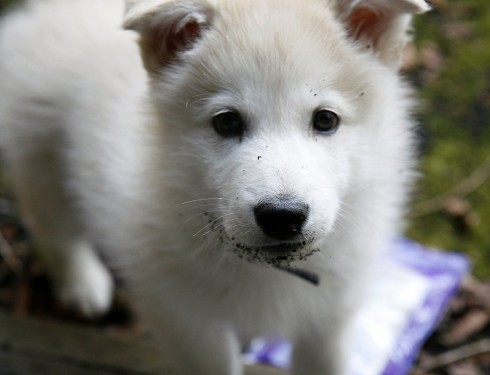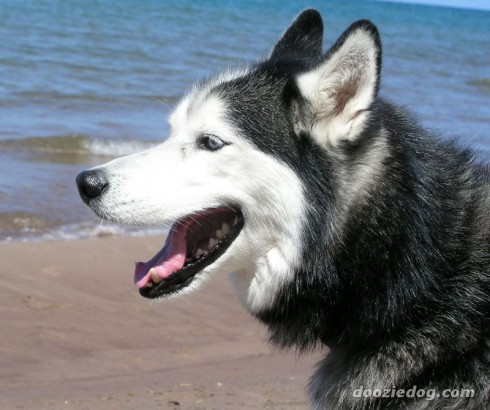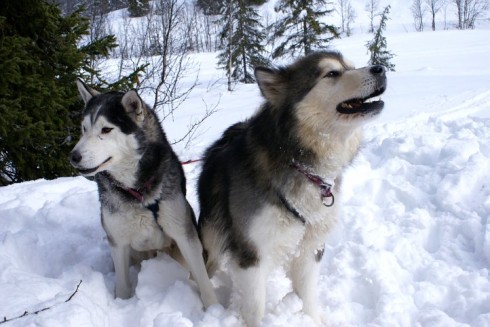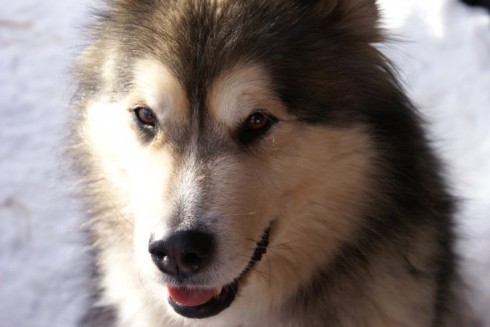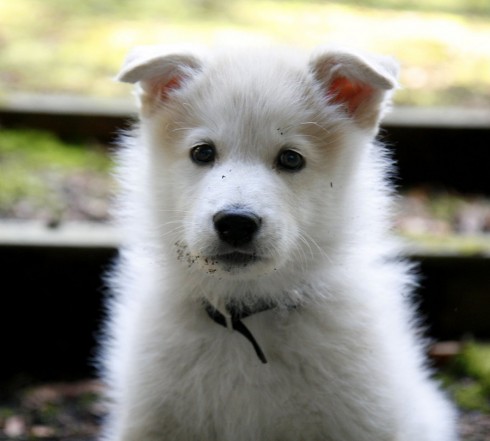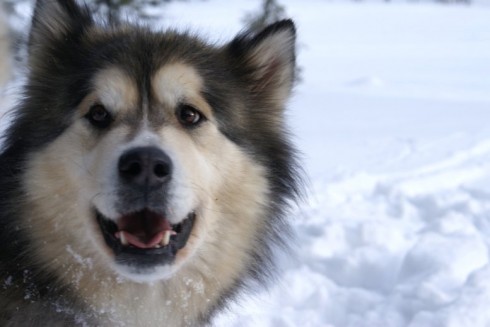Main Index
In Store
Our Web Store
Miniature Schnauzer Picture Gallery
Latest Dog Blogs
- What Are The Basic Commands To Train A Dog?
- PaySafe As The Most Popular Type Of Deposit
- Everything You Need To Know About Pet Sales
- Dogs Contribute To Our Physical And Mental Well Being
- How To Choose Where To Bet On Greyhounds In 2022
- Volunteer With Animals - How To Help Dogs Around The World
- Basic Understanding Of The House Edge
- Why You Should Get A Dog
- Top 20 Popular Dog Names Around The World
- Constipation in Dogs and How to Find Solutions
Alaskan Malamute
Alaskan Malamute Picture Gallery
Alaskan Malamute Clubs/Associations
The Full Alaskan Malamute Description
The Alaskan Malamute, one of the oldest Arctic sled dogs, was named after the native Innuit tribe called Mahlemuts, who settled along the shores of Kotzebue Sound in the upper western part of Alaska.
Did you know?
The Alaskan Malamute, one of the oldest Arctic sled dogs, was named after the native Innuit tribe called Mahlemuts, who settled along the shores of Kotzebue Sound in the upper western part of Alaska. The Mahlemuts are believed to have developed the breed to pull sleds and as a pack animal.
The Alaskan Malamute is the native Alaskan Arctic breed, cousin to the Samoyed of Russia, Siberian Husky (Kolyma River Region), and the Eskimo dogs of Greenland and Labrador.
The Malamute is a true pack animal with the natural instinct to "lead or be led"; therefore, training must begin as early as three to five months of age.
So you want to own an Alaskan Malamute?
Originally bred to be a freighting dog, this breed's strength is second to none. Alaskan Malamutes are athletic dogs who love the outdoors, but can also thrive as house pets.
Alaskan Malamutes are patient with children, but should always be supervised during play.
Indicative Breed Standard
General Appearance
Heavily boned, powerfully built, not too compact and never appearing short on the leg.
Characteristics
Sled dog capable of surviving in Arctic temperatures and of pulling heavy loads at steady speeds.
Temperament
Affectionate, friendly, loyal, devoted companion but not a ‘one man’ dog, playful on invitation, generally impressive by his dignity after maturity but tends to show dominance to other dogs.
Head and Skull
Head broad, powerful, not coarse, in proportion to size of dog. Skull broad between ears, gradually narrowing to eyes, moderately rounded between ears, flattening on top as it approaches eye, rounding off to moderately flat cheeks. Very slight but perceptible stop. Muzzle large in proportion to size of skull, scarcely diminishing in width or depth from stop. Nose black except in red and white dogs when it is brown. Pink streaked ‘snow nose’ acceptable.
Eyes
Brown, almond-shaped, moderately large, set obliquely. Dark eyes preferred, except in red and white dogs where light eyes are permissible. Blue eyes highly undesirable.
Ears
Small in proportion to head. Triangular in shape, slightly rounded at tips, set wide apart, at back of skull. Ears forward when erect. When dog is working sometimes folded against skull.
Mouth
Upper and lower jaws broad with large teeth, with a perfect, regular and complete scissor bite, i.e. upper teeth closely overlapping lower teeth and set square to the jaws.
Neck
Strong and moderately arched.
Forequarters
Shoulders moderately sloping; forelegs heavily boned and well muscled, straight as far as pasterns which are short, strong and almost vertical viewed from side.
Body
Strong and powerfully built, chest strong and deep; back straight but not level, sloping slightly downwards from shoulder to croup. Loins well muscled, never so short as to interfere with movement. No excess weight.
Hindquarters
Hindlegs broad and powerfully muscled through thighs; stifles moderately bent, hock joints broad and strong, moderately bent and well let down. Viewed from behind, hindlegs vertical, standing and moving true, in line with movement of front legs. Legs indicate tremendous propelling power. Dewclaws on hindlegs undesirable.
Feet
Large and compact, toes close, well arched, pads thick and tough, toenails short and strong. Protective growth of hair between toes.
Tail
Moderately high set, following line of spine at start then curving gently upwards. At rest may hang straight down. Well furred and carried over back when dog is working, not tightly curled to rest on back, nor short furred and carried like a fox brush, but giving appearance of a waving plume.
Gait/Movement
Single tracking at trot is normal but movement not too wide or too close at any gait. Easy, tireless, rhythmic movement, produced by powerful drive from hindquarters.
Coat
Thick, coarse guard coat, not long and soft. Dense undercoat, from 2.5-5 cms (1-2 ins) in depth, oily and woolly. Coarse guard coat stands out, with thick fur around neck. Guard coat varies in length as does undercoat, but in general coat of medium length along sides of body, increasing somewhat around shoulders and neck, down back and over croup, as well as in breeching and plume.
Colour
Range is from light grey through intermediate shadings to black, or from gold through shades of red to liver, always with white on underbody, parts of legs, feet and part of mask markings. Markings either caplike or masklike on face. Combination of cap and mask not unusual. White blaze on forehead, white collar, or spot on nape permissible. Heavy mantling of unbroken colour acceptable, broken colour extending over body in spots or uneven splashings undesirable. Only solid colour permissible is all white.
Size
Height: dogs: 64-71 cms (25-28 ins); bitches: 58-66 cms (23-26 ins). Weight between 38-56 kgs (85-125 lbs), size consideration not to outweigh type.
About Our Article Directory
- Article
- 27 November 2010
- 2 comments
Canis lupus familiaris
- Breed Article
- 29 May 2010
- No comments
Immune Mediated Hemolytic Aneamia (IMHA)
- Article
- 31 January 2010
- No comments
Quick Search
Donate
Latest Dog Pods
- Tips on How to Stop Your Dog from Biting
- Beware - Not All Advertised Dog Rescues Really Are! How Can You Know The Truth?
- Helpful Tips For Dog Obedience Problems
- How to Keep Dogs From Eating Poop
- Dog Grooming Tips - A General Overview of the Very Basics of Dog Grooming
- Recognising Different Types of Dog Obedience Problems
- 5 Important Tips On Feeding A Puppy


